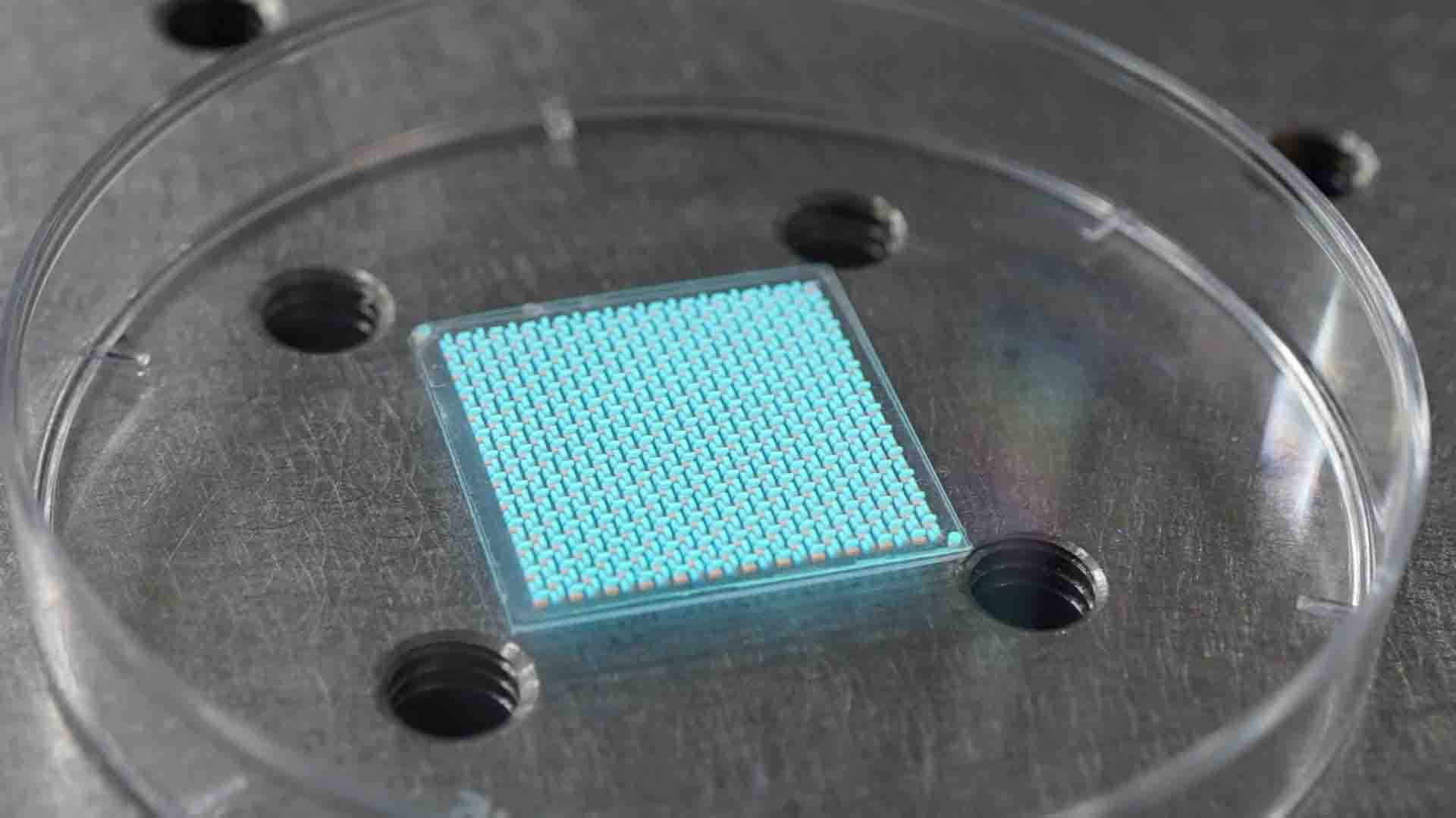Science & Technology, Singapore (Commonwealth Union) – A significant breakthrough in innovation has been the advent of 3D imaging sensors. These cutting-edge devices have revolutionized various industries, from healthcare and automotive to entertainment and robotics.
Scientists from the National University of Singapore (NUS) Faculty of Science, with Professor Liu Xiaogang from the Department of Chemistry leading, recently developed a 3D imaging sensor with an extremely high angular resolution, having the capacity of an optical instrument to differentiate points of an object divided by a minor angular distance, of 0.0018o. This innovative sensor functions on a unique angle-to-colour conversion principle, permitting it to identify 3D light fields across the X-ray to visible light spectrum.
A light field encloses the combined intensity and direction of light rays, that human eyes are able process for the accurate identification of the spatial link between objects. But traditional light sensing technologies, have lower effectiveness. A majority of cameras are capable of just forming 2D images, that’s sufficient for regular photography however its inadequate for more sophisticated applications, that consist of virtual reality, self-driving cars, as well as biological imaging. These applications need a specific 3D scene construction for a particular space, as indicated by researchers.
An example, was given by the scientists of a self-driving cars capable of utilizing light-field sensing to see streets and more precisely evaluate road hazards so as to change their speed accordingly. Light-field sensing could also make it possible for surgeons to precisely image a patient’s anatomy at varying depths, paving the way for more accurate incisions and an improved evaluation of the injury risk of the patient.
“Currently, light-field detectors use an array of lenses or photonic crystals to obtain multiple images of the same space from many different angles. However, integrating these elements into semiconductors for practical use is complicated and costly,” said Professor Liu. “Conventional technologies can detect light fields only in the ultraviolet to visible light wavelength range, leading to limited applicability in X-ray sensing.”
Additionally, when contrasted with other light-field sensors like microlens arrays, the researchers light field sensor has a bigger angular measurement range of over 80 degrees, high angular resolution which is possibly lower than 0.015 degrees for smaller sensors, along with a wider spectral response range of between 0.002 nm – 550 nm. These specifications make the novel sensor capable of collecting 3D images with an increased depth resolution.
The findings appeared in the journal Nature this month.
Taking center stage for this novel light-field sensor are inorganic perovskite nanocrystals compounds with brilliant optoelectronic properties. As a result of their controllable nanostructures, perovskite nanocrystals have effective light emissions, with an excitation spectrum spanning X-rays to visible light. The engagements between perovskite nanocrystals together with light rays is capable of being tuned by carefully changing their chemical properties or by bringing in lesser amounts of impurity atoms.
NUS scientists have patterned perovskite crystals onto a transparent thin-film substrate and integrated them into a color charge-coupled device (CCD), that transforms incoming light signals into a color-coded output. This crystal-converter system consists of a functional unit for the light-field sensor.
As the incident light strikes the sensor, the nanocrystals get excited. As this happens, the perovskite units transmit their own light in varying colors which relises on the angle at which the incoming light ray is hit with. The CCD collects the emitted color, which can then be utilized for 3D image reconstruction.
Professor Liu together with the other researchers are evaluating the techniques to enhance the spatial accuracy along with their resolution of their light-field sensor, like utilizing higher-end color detectors. Researchers applied for an international patent for this technology as well.








